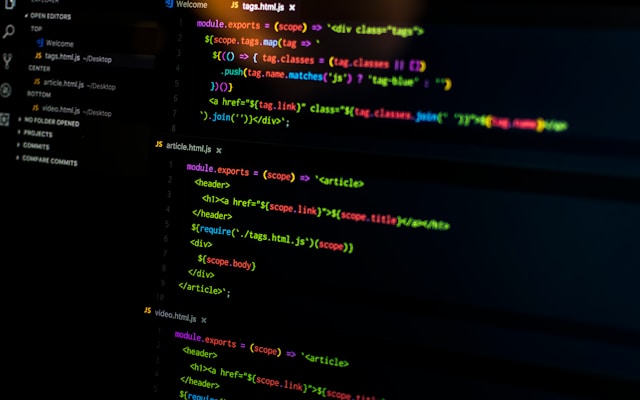Search Engine Optimization(SEO) is changing now by the help of Artificial Intelligence(AI). More than 15% of traffic from search engines come through AI driven queries.
Tag: ai
CH-1 – Video Stream Matching – VSM
The article begins by highlighting the dynamic nature of image processing in the context of advancing information technology. It predicts a future shift from image to video processing due to the increasing prevalence of videos over text-based media. The Video Stream Matcher (VSM) is introduced as a tool for analyzing video data using statistical models like KS Test, Variation, Mean, and Norm.
Key frames extraction is identified as a technique to minimize the vast collection of frames in a video. Four features are extracted from each frame: histogram, edge, slope, and wavelets. The literature review section references research papers and books that inform the implementation of VSM, including studies on similarity analysis of video sequences and key frame extraction.
The key elements of VSM are outlined, including the input of source and test data (videos or images), key frames extraction, feature extraction, and application of statistical models for decision making. The problem statement highlights the need for automated video evaluation systems, particularly in scenarios like security checks on public transportation and video database management in TV stations.
The proposed solution revolves around VSM’s ability to process videos, focusing on key frames extraction, feature extraction, and statistical model application for decision making. The scope of the project encompasses mean frame extraction, feature extraction algorithms, and dual-phase statistical decision making. The organization of the report is structured to cover research findings, implementation details, software functioning, and conclusions with future work discussions.
CH-2 – What is a Video – Part-6
The BMP (Bitmap) file format, standard for Windows, stores device-independent bitmap images. It can include compression but typically lacks animation support. Comprising structures like BITMAPFILEHEADER and BITMAPINFOHEADER, it specifies image dimensions, colors, and compression. The RGBQUAD array defines color components, while pixel data interpretation varies based on the BITMAPINFOHEADER. Notably, DIB rows are stored upside-down, with row byte counts adjusted to multiples of four. Key frames in videos are essential for defining movement sequences, serving as anchor points for animation. Feature extraction simplifies complex data analysis by constructing combinations of variables, reducing resource requirements while maintaining accuracy.
CH-2 – Image Processing – Part-5
tep 3 determines the edge direction based on the gradient in the x and y directions. The edge direction is calculated using the inverse tangent of the ratio of the y-gradient to the x-gradient. Error handling is implemented to manage cases where the x-gradient is zero, ensuring accurate edge direction calculations. Finally, the edge orientation is resolved into one of four directions (0, 45, 90, or 135 degrees) based on the closest alignment to the surrounding pixels, facilitating edge detection and localization.
CH-2 – What is a Histogram – Part-4
An edge in an image marks the point where intensity levels change significantly, defining boundaries within the image. Edges are crucial in image processing, as they highlight areas of strong intensity contrast, aiding in feature extraction and object recognition. The Sobel edge detector is a common method for detecting edges, employing 3×3 convolution masks to estimate gradients in both the x and y directions. By calculating the magnitude of these gradients, the detector identifies edge points. Another prominent edge detection algorithm is the Canny edge detector, known for its low error rate and accurate localization of edges through multiple processing steps.






